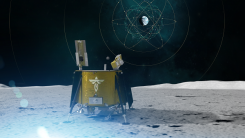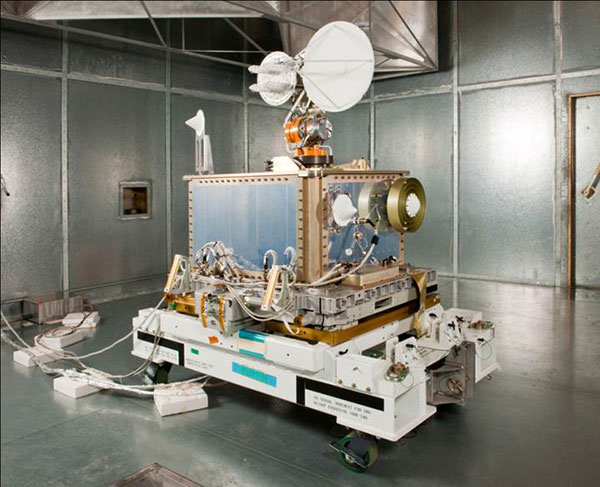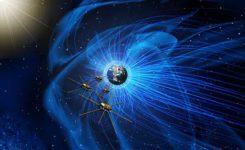
NASA moon mission set to break record in navigation signal test
June 8, 2022
Collaboration powers GPS and Galileo navigation experiment By Danny Baird NASA’s Goddard Space Flight Center As the Artemis […]
Read More

Collaboration powers GPS and Galileo navigation experiment By Danny Baird NASA’s Goddard Space Flight Center As the Artemis […]

Space communications and navigation engineers at NASA are evaluating the navigation needs for the Artemis program, including identifying […]

NASA’s Space Communications and Navigation (SCaN) program is developing capabilities that will allow missions at high altitudes to […]

By Danny Baird NASA’s Space Communications and Navigation program office The Artemis generation of lunar explorers will establish […]

News from NASA’s Goddard Space Flight Center GPS could be used to pilot in and around lunar orbit […]

September Marks Start of Magnetosphere Mission, but Navigators Already Perform
A NASA mission to explore magnetic reconnection also made GPS history this spring. The Magnetospheric Multiscale (MMS) mission, led by NASA’s Goddard Space Flight Center in Greenbelt, Md., is flying four identically equipped spacecraft in a tight formation to take measurements 100 times faster than any previous space mission.

Results are now in for NASA’s Magnetospheric Multiscale mission, which launched on March 12. Not only has the MMS Navigator system exceeded all of the team’s expectations, it has set the record for the highest GPS use in space.
© 2024 North Coast Media LLC, All Rights Reserved.

Follow Us